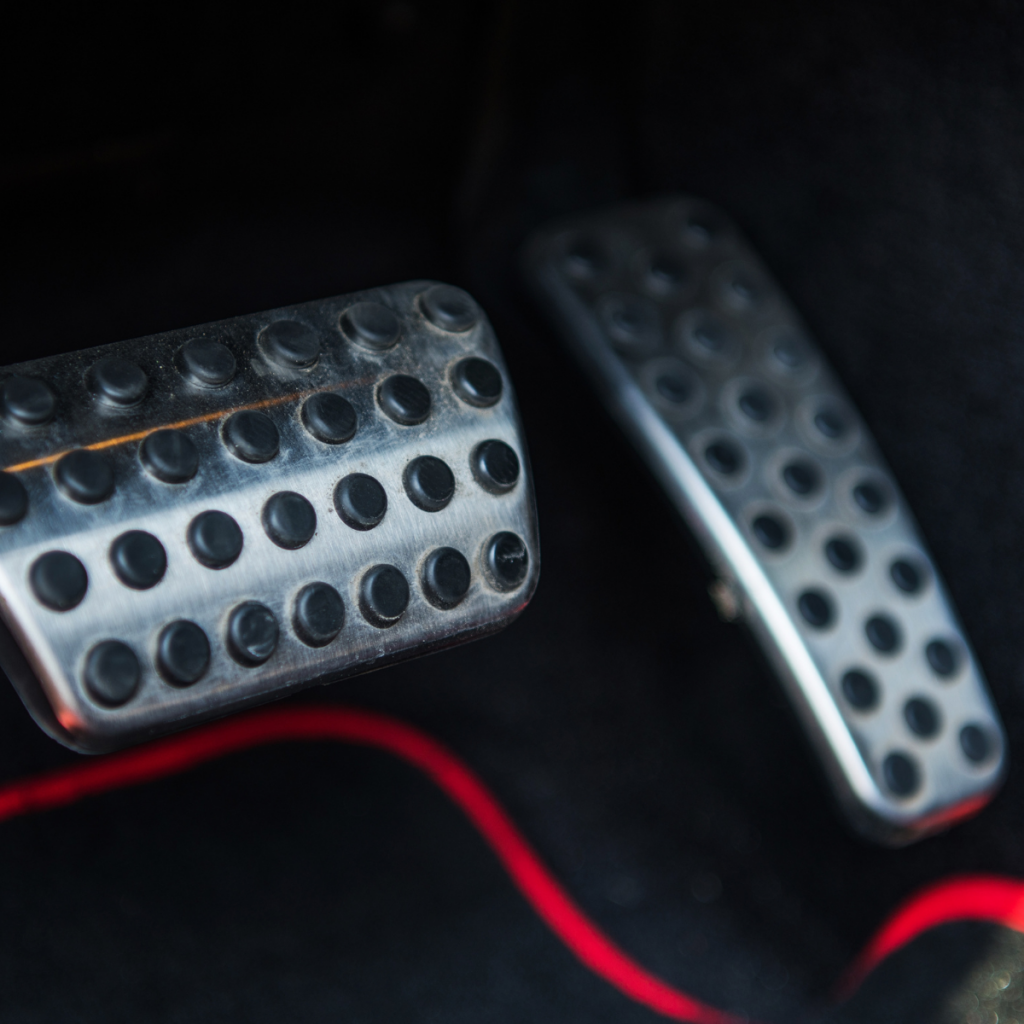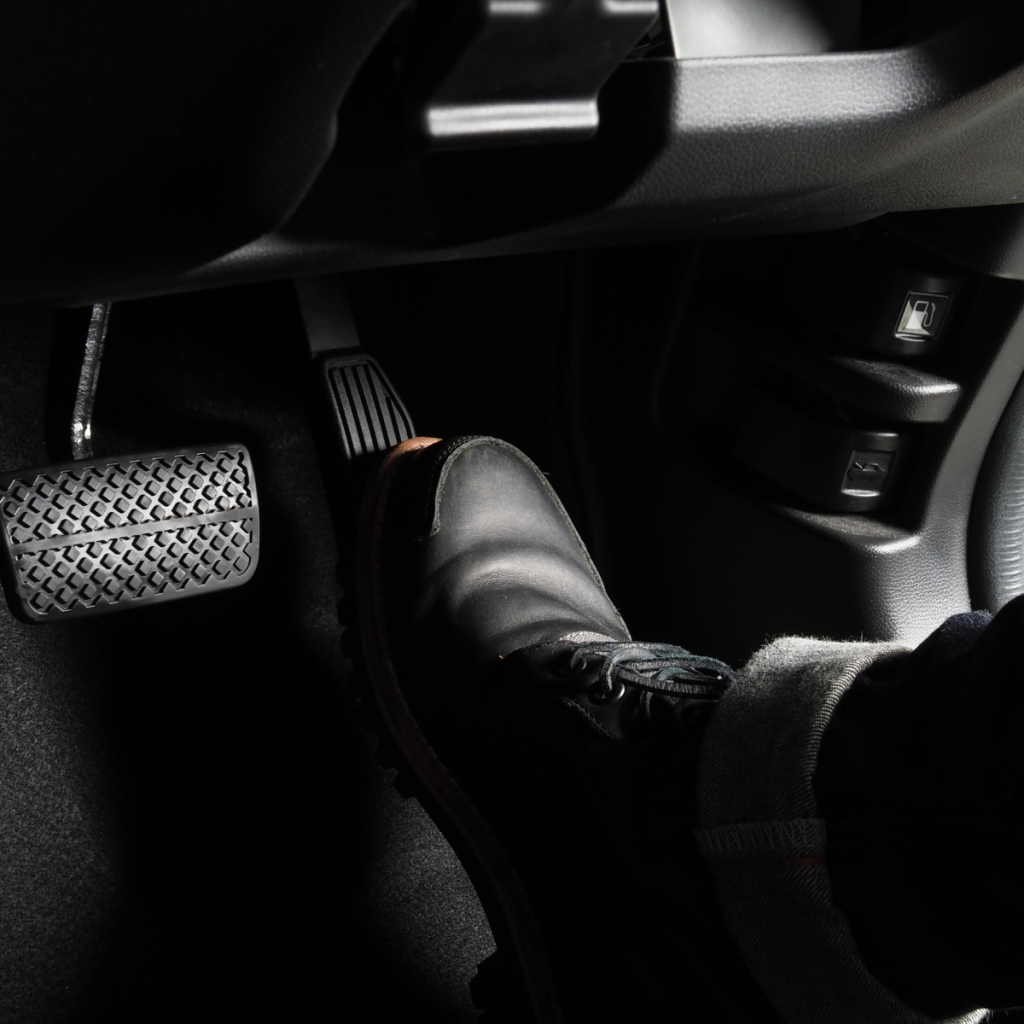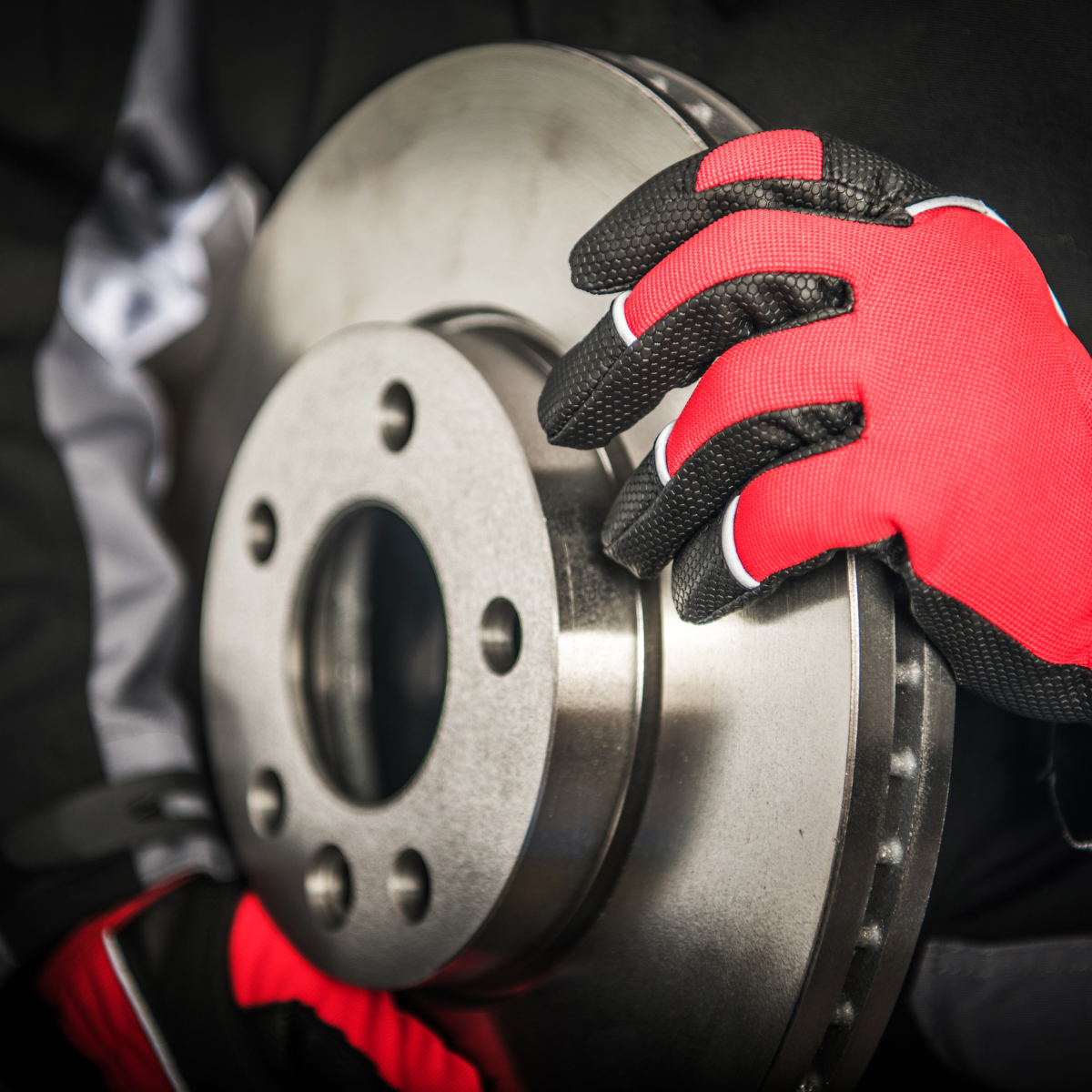Your car’s brake system is one of the most crucial safety features, ensuring that you can stop the vehicle when needed and avoid potential accidents. Whether you’re driving through city streets, on the highway, or even in adverse weather conditions, a properly functioning brake system is essential for your safety. As part of routine car maintenance, checking your car’s brake system is vital for preventing brake failure and ensuring optimal performance. This blog will guide you through the essential steps for inspecting your brake system, explain common issues, and provide solutions to keep your brakes in top condition.
Why Brake System Maintenance is Crucial
Your car’s brake system is responsible for slowing down or stopping your vehicle by converting kinetic energy into heat. It relies on a combination of components such as brake pads, rotors, brake fluid, and brake lines to function efficiently. Over time, these parts can wear out or become damaged, affecting the overall performance of your brakes. Regular brake system checks will help you identify issues early, prevent major breakdowns, and avoid costly repairs.

Failing to maintain your brake system can result in increased stopping distances, brake failure, and even accidents. Therefore, it’s crucial to perform regular brake system inspections and take corrective action whenever necessary. In this guide, we will highlight the steps you should follow to check your brake system and provide solutions for common brake-related issues.
1. Inspect the Brake Pads
Cause: Brake pads are one of the most frequently worn-out components in a car’s brake system. Over time, they become thinner due to friction with the rotors, reducing their ability to effectively stop the vehicle. Worn-out brake pads can lead to reduced braking performance, longer stopping distances, and increased wear on other brake components.
Solution: Inspect the brake pads for wear regularly, ideally every 12,000 to 15,000 miles. Most brake pads have a wear indicator, which produces a squeaking or grinding noise when the pads are worn down. If you hear these noises, it’s time to replace the brake pads.
To check the brake pads, remove the wheel and visually inspect the thickness of the brake pad. If the pads are less than 1/4 inch thick, replace them. If you’re unsure about the thickness, a mechanic can easily measure it during a brake inspection.
2. Check the Brake Fluid Levels
Cause: Brake fluid plays a critical role in the braking process. It transfers the force from the brake pedal to the brake components, allowing your vehicle to slow down or stop. Over time, brake fluid can become contaminated with moisture, which can cause corrosion inside the brake system and reduce braking efficiency.
Solution: Regularly check the brake fluid levels in your car. If the fluid is low, it could indicate a leak in the brake lines or worn-out brake pads. The brake fluid reservoir is typically located near the back of the engine compartment. Ensure the fluid level is within the recommended range as specified in your car’s user manual.
If the fluid looks dark or dirty, it may be time to flush and replace it. Brake fluid should be replaced every 2 years or as recommended by the vehicle manufacturer to maintain brake performance.
3. Inspect the Brake Rotors
Cause: Brake rotors are the components that the brake pads press against to slow down the wheels. Over time, rotors can become warped or damaged due to heat buildup, excessive friction, or poor brake pad condition. Warped or damaged rotors can lead to vibrations when braking, reduced braking power, and uneven wear on the brake pads.
Solution: Check the brake rotors for any visible signs of damage such as cracks, grooves, or discoloration. If you notice deep grooves, scoring, or warping, the rotors may need to be resurfaced or replaced. It’s also essential to measure the rotor thickness using a micrometer, as worn-out rotors can negatively impact braking performance.
If you experience vibrations or a pulsing brake pedal when stopping, this could be a sign of warped rotors. Have them inspected and, if necessary, replaced by a professional mechanic.
4. Look for Leaks in the Brake Lines
Cause: Brake lines are responsible for carrying brake fluid from the master cylinder to the brake calipers, where it exerts pressure to apply the brakes. If any of the brake lines are damaged or corroded, it could lead to a brake fluid leak, which reduces braking power and can cause brake failure.
Solution: Inspect the brake lines for any visible signs of wear, corrosion, or fluid leaks. Pay special attention to the areas where the brake lines connect to the brake calipers and the master cylinder. If you see any wet spots, oily residue, or puddles under the vehicle, it could be a sign of a brake fluid leak.
If you find a leak, it’s essential to have the brake lines repaired or replaced immediately to prevent further damage to the braking system and to maintain safe driving conditions.
5. Test the Brake Pedal Feel
Cause: The feel of the brake pedal can give you important clues about the health of your brake system. If the pedal feels soft or spongy, it could indicate air or moisture in the brake lines, low brake fluid, or worn-out brake components. A hard or unresponsive pedal may indicate problems with the master cylinder or brake booster.

Solution: Perform a simple brake test by pressing the brake pedal while the car is off. The pedal should feel firm, and you should not be able to press it all the way to the floor. If the pedal sinks slowly to the floor, this may indicate a fluid leak or air in the brake lines.
A spongy pedal can be corrected by bleeding the brakes to remove any trapped air, but if the issue persists, it’s best to have a mechanic check for any internal brake system problems.
6. Check the Brake Lights
Cause: Brake lights are an essential safety feature that lets other drivers know when you’re slowing down or stopping. If your brake lights aren’t functioning properly, it could lead to accidents and confusion for other drivers.
Solution: Periodically check your brake lights by pressing the brake pedal while someone else observes the lights or by using a reflection from a window or wall. If any of the brake lights are dim or not working, replace the bulbs immediately.
If replacing the bulbs doesn’t solve the problem, the issue could lie with the brake light switch, wiring, or fuses. In that case, it’s advisable to consult a professional mechanic.
7. Listen for Unusual Noises
Cause: Unusual noises when braking, such as squeaking, squealing, or grinding, can indicate issues with the brake system. These noises could be caused by worn-out brake pads, lack of lubrication, or damage to the rotor or other components.
Solution: If you hear any squeaking or grinding noises while braking, have your brake system inspected immediately. Squeaking could be a sign that the brake pads are worn out, while grinding usually indicates that the brake pads are completely worn and the metal of the pads is making contact with the rotors.
Conclusion
Checking your car’s brake system is essential for ensuring your safety on the road. Regular brake inspections, including checking the brake pads, fluid levels, rotors, and lines, are crucial for preventing major brake issues and ensuring that your car stops effectively when needed. Listen for unusual noises, check the brake lights, and monitor the brake pedal feel to identify potential problems early.
By staying on top of these inspections and addressing issues promptly, you can avoid expensive repairs, improve your car’s braking performance, and ensure that you’re driving safely. If you’re not confident in performing these checks yourself, it’s always best to consult with a professional mechanic who can provide a thorough inspection and make necessary repairs.
If you have any questions or need assistance with brake system maintenance, feel free to leave a comment or contact us for expert advice. Keep your brakes in top condition, and drive safely!

Leave a Reply